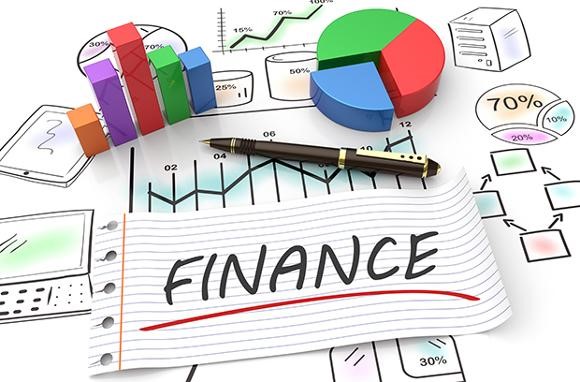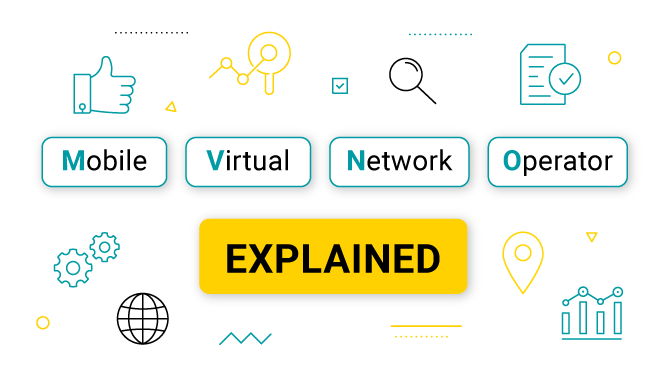Smart moves for investing in P2P loans
Let’s talk about a financial frontier that’s been gaining traction among those looking to diversify their investment portfolio—peer-to-peer (P2P) loans. Imagine a place where you can directly lend money to individuals or small businesses over the internet. Sounds intriguing, right? Well, this scene isn’t just a fad; it’s reshaping how people borrow and invest money. With an overview of p2p lending platforms, investors can access a new asset class and earn interest rates that are often higher than traditional savings accounts.

Navigating the shores of P2P investing
Alright, so you’ve heard that P2P loans could bring some pep to your portfolio. But before you dive in, there’s a bit to unpack. These platforms cut out middlemen like banks, which can mean more competitive interest rates for borrowers and a juicy slice of those returns for investors. But it’s not all rainbows—there are risks. Some loans might not be paid back, leaving you in the lurch. The key is to do your homework, pick a reputable platform, and start small until you get the hang of things.
Building your P2P game plan
Now, onto crafting your strategy. Remember the golden rule of investing? Never put all your eggs in one basket. That’s diversification, and it’s vital in the P2P realm, too. Spread your investments across multiple loans with varying risk levels and returns potential. It’s also smart to check out borrower profiles—if someone’s borrowing to pay off credit card debt, they might carry more risk than, say, an entrepreneur expanding their successful business. And take note of interest rates and fees—they’ll affect your bottom line.
The balancing act of risks and rewards
With great potential returns come great responsibilities. Investing in P2P loans means accepting that not all loans will be repaid. Yes, platforms often have measures in place to chase up late payments, but defaults can happen. That’s why it’s crucial to assess risk versus reward. Safer loans might offer lower returns but more peace of mind. Riskier ones could promise higher rates but come with a greater chance of borrowers defaulting. Finding your comfort zone will go a long way in your P2P investing journey.
Eyeing the horizon for P2P lending’s future
As you become more savvy with P2P investing, keep an eye on the horizon—the landscape is always changing. Shifts in regulations, technology advancements, or economic fluctuations can all impact P2P lending. Being in tune with these changes can help you pivot your strategy if need be. And remember, international opportunities can offer diverse investments but also come with their own set of considerations, like currency risk and different legal frameworks.
There you have it—a little insight into the world of investing in P2P loans. It’s a space brimming with possibilities and pitfalls, but for those willing to put in the research and approach with caution, it can be a rewarding endeavor. Always remember to do your due diligence and perhaps consult a financial adviser to align P2P investing with your overall financial goals. Good luck!


















